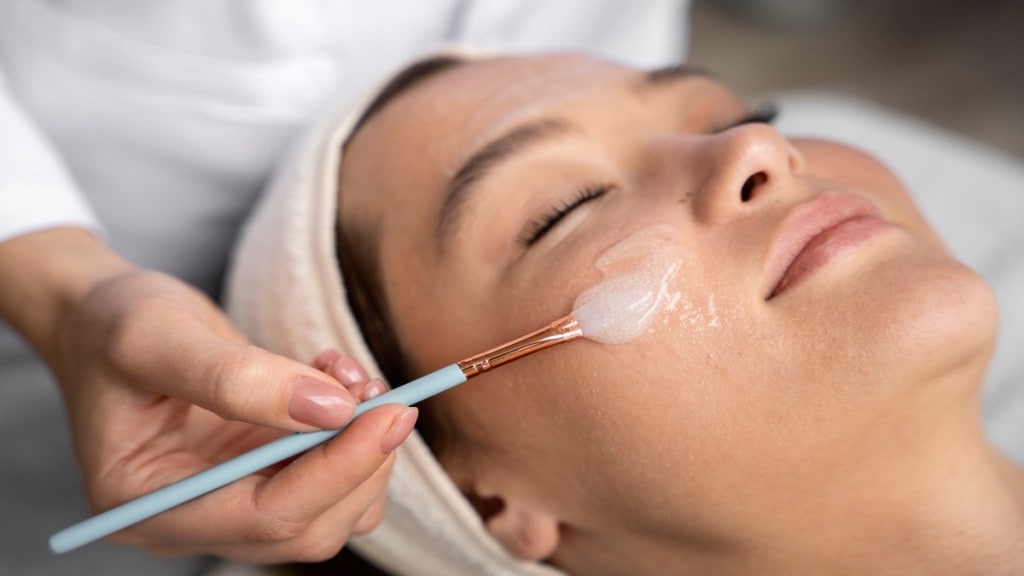Sebum is a lipid-rich substance produced by the sebaceous glands, playing a vital role in maintaining the skin barrier, hydration, and protection against microbial invasion. However, excessive sebum production, often influenced by genetic, hormonal, and environmental factors, can lead to conditions such as acne, seborrheic dermatitis, and oily skin, Priyanka Wadhwani, Certified cosmetologist revealed.
Here’s a science-backed approach to managing it effectively:
- Regulate Sebum with Gentle Cleansing: Cleansing twice daily helps remove excess sebum, preventing clogged pores and reducing bacterial proliferation, acnes. Clinically recommended cleansers often include salicylic acid, which penetrates lipid layers to dissolve excess sebum, and zinc PCA, which reduces sebaceous gland activity. Over-cleansing should be avoided, as it disrupts the lipid barrier, triggering compensatory hypersecretion.
- Sebum Control via Topical Treatments: Topical retinoids, such as tretinoin or adapalene, regulate keratinocyte turnover and reduce sebaceous gland activity. Niacinamide, a form of Vitamin B3, exhibits anti-inflammatory properties while decreasing sebum excretion. However , retinoids & higher actives are strictly prescription based.
- Importance of Moisturization: Dehydrated skin can paradoxically increase sebaceous activity as a compensatory mechanism. Use non-comedogenic, humectant-based moisturizers enriched with hyaluronic acid or ceramides to maintain barrier function without adding excess oil.
- Dietary Modifications: Studies have shown a correlation between high glycemic index diets and increased sebum production due to elevated insulin levels, which stimulate androgens. Incorporating omega-3 fatty acids, antioxidants, and zinc-rich foods has shown efficacy in improving sebum regulation and reducing inflammation.
- Adjunctive Therapies: Clay-based masks containing kaolin or bentonite can temporarily absorb surface lipids. Additionally, procedures such as chemical peels (salicylic acid or glycolic acid) treatments targeting sebaceous glands may be recommended for persistent cases.
- Hormonal Modulation: For individuals with hormonally driven sebum overproduction, such as in polycystic ovary syndrome (PCOS), a constructive approach with diet , lifestyle modification and topicals may be prescribed by dermatologists.
“By addressing the underlying causes of excess sebum while maintaining a healthy skin barrier, mainly aims to restore balance and improve skin health. A consistent, tailored routine under professional guidance ensures long-term efficacy,” Wadhwani told Financial Express.com.
